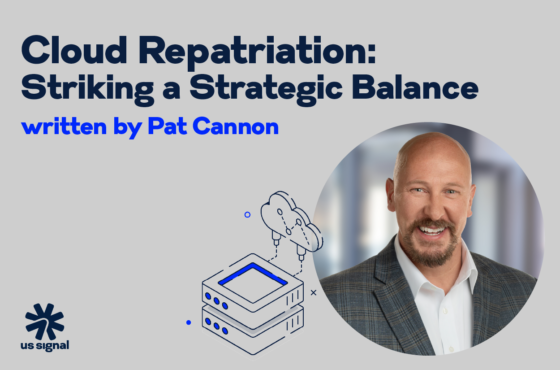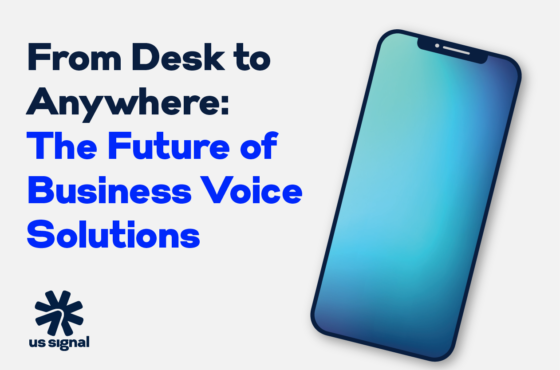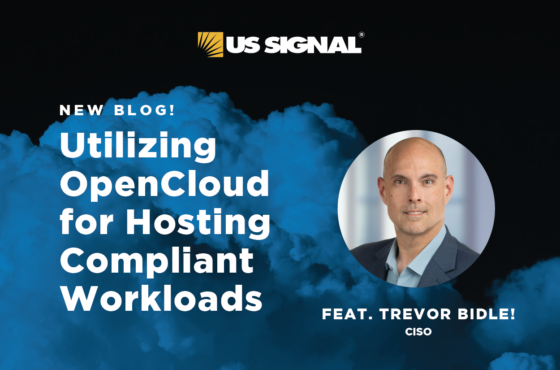Legacy Systems: Is It Time to Move On?
July 5, 2017
Cloud, Hybrid IT, IT Services
Breaking up is hard to do – especially if it’s a matter of breaking up with your legacy systems. Most organizations recognize the need for change. They want to reap the benefits of cloud services and trends such as mobility and Big Data. Unfortunately, their legacy systems aren’t compatible.
Perhaps their current systems have difficulty scaling, or their functionality hasn’t kept pace with customer demands. Many companies have even contemplated outsourcing their IT services or collocating their equipment in an off-site facility.
Others have made the first steps away from their legacy systems by trying out newer technologies, perhaps setting up a private cloud for test and development or migrating non-critical workloads to a public cloud. Nonetheless, they’re still dealing with high monthly IT bills because of maintaining their legacy systems.
The problem usually traces back to the heavy investment made in these systems for so long. Customizing or adding on to them over the years has also likely made them overly complex and almost impossible to duplicate with a different kind of solution.
Assess the Value of Legacy Systems
There is no easy answer, but assessing the short- and long-term value of legacy technologies can help determine if and when it’s time to move away from your current IT setup. Among the questions to ask:
- What are the functions of these systems? Could they be handled more efficiently or cost effectively by newer technologies whether in terms of replacement systems or outsourcing to a third-party company?
- What else could or should your systems do? Can they help your organization respond quickly to changing market conditions or implement new capabilities? Can they meet new business requirements and customer/end-user needs?
- How do these systems interact with other systems within your organization? Are they dependent on one another? Is one slowing the other down?
- How vulnerable are your systems to cyber threats?
- Is your company at risk of regulatory non-compliance because of technology deficiencies?
- What could your staff do if they didn’t have to maintain a legacy system? How much time do they spend on updates, customization or quick fixes?
- If your current staff left, could you find people with the right expertise to continue maintaining your systems?
- How much downtime do these systems cause and what is the impact? Beyond lost revenue and production time, consider dissatisfied customers, missed deadlines, compliance penalties and reputation.
Bring in IT Experts
Use IT consultants to help build your business case for moving away from legacy systems. Look for those offering services such as strategic planning; business and technology alignment assessments; application inventory assessment, enhancement and consolidation strategies; and legacy environment compliance audits. Make it clear you want options, each with the pros and cons clearly noted.
Seek C-Suite Support
A number of studies show that the C-suite is more receptive to legacy replacement projects than ever before. Many are even pushing their organizations to undergo a digital transformation. The need for innovation is a key driver. Without the ability to leverage new technologies, companies can’t innovate. If they can’t innovate, they can’t be competitive. Include those points are in your business case for adopting new technologies and systems.
Prepare for Big Changes
You’ll reap benefits from the move away from legacy systems. That doesn’t mean it will be easy. Be ready for the repercussions.
- There may be business disruption. What will any downtime cost?
- People will need time to adjust. Training for some, if not all, may be required. Change management initiatives will be in order — sooner than later to help make everyone involved more receptive to the changes.
- Business processes may need to be modified. You’ll need to work with representatives from all business units and/or departments to map out technology dependencies and determine what needs to be changed and how.
Start Moving Now: How to Get Rid of Legacy Systems
Outsourcing some of your IT operations and assets will help your organization reduce its reliance on legacy technologies. If you aren’t employing a hybrid IT strategy, which entails a mix of on- and off-premise IT environments, start now. If you have made an initial foray into hybrid IT, keep going.
- Take advantage of timing. If your servers are nearing the end of the life cycle, this may be a good time to get out of the server hardware management business.
- Plan pilot projects, whether relocating some assets to a third-party data center or moving a few applications to a cloud service. Evaluate the costs and benefits. Determine how this would play out if more of your assets or applications moved.
- If your current systems can’t handle new business requirements or customer demands, assess how cloud services could help. In many cases, cloud technologies can handle the requirements without interacting with your legacy systems. Work with a cloud service provider who can tailor solutions to meet your specific needs.
- Think “what if?” Evaluate options for replacing legacy systems, whether with a new internal system, combining a new system with outsourced services, or outsourcing everything entirely.
Choose US Signal to Spearhead Your Legacy System Strategy
Nothing lasts forever, including legacy technologies. At some point, your organization will have to change how it handles its IT services and the technologies and equipment that support them. There’s no better time than the present to get started. Our expert technicians and IT consultants are equipped to assess your business' unique legacy systems and provide a tailored gameplan to modernize your data management. Contact us today to get started.
Additional Data Management Resources
To learn more about data management, check out these articles below from our blog or visit our resource center for whitepapers, e-books and more!


